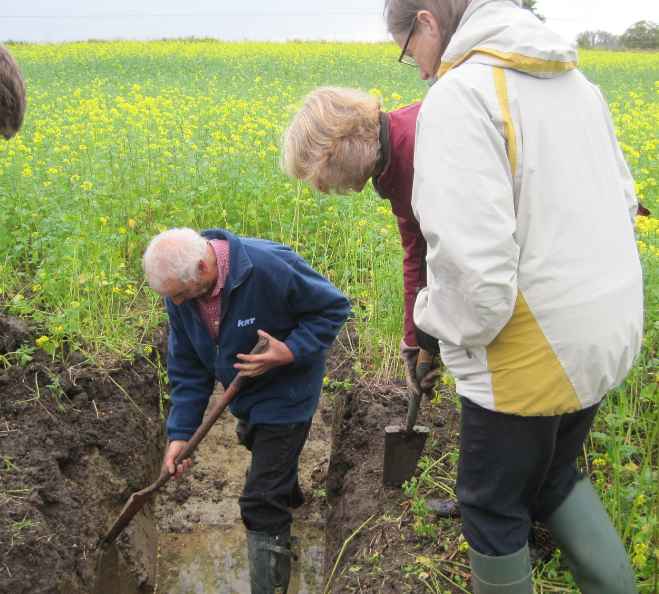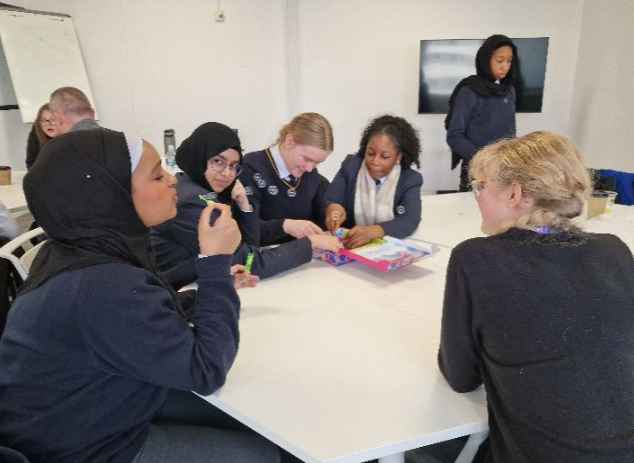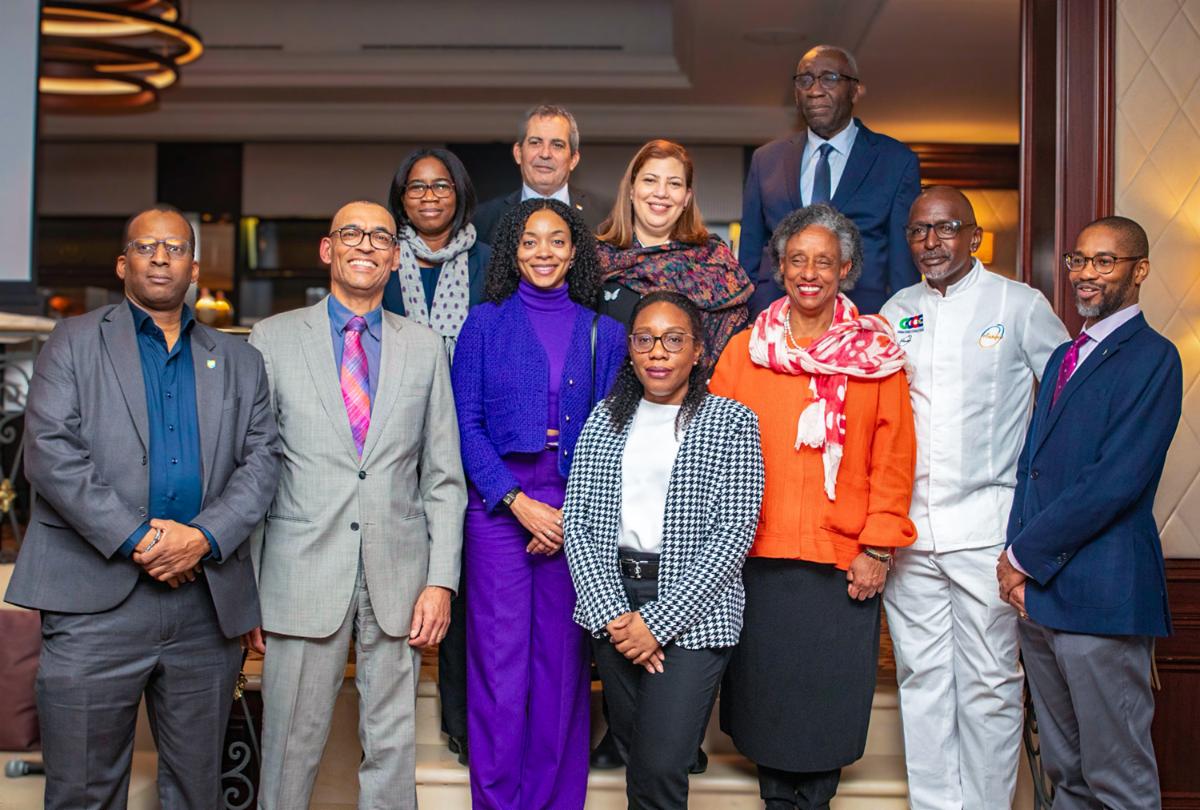It was the $10bn gift to the world. A machine that would show us our place in the Universe.
The James Webb Space Telescope was launched exactly a year ago, on Christmas Day. It had taken three decades to plan, design and build.
Many wondered whether this successor to the famed Hubble Space Telescope could actually live up to expectations.
We had to wait a few months while its epic 6.5m primary mirror was unpacked and focused, and its other systems tested and calibrated.
But, yes, it was everything they said it would be. The American, European and Canadian space agencies held a party in July to release the first colour images. What you see on this page are some of the pictures subsequently published that you may have missed.
The first thing you have to remember about James Webb is that it is an infrared telescope. It sees the sky at wavelengths of light that are beyond what our eyes are able to discern.
Astronomers use its different cameras to explore regions of the cosmos, such as these great towers of gas and dust. The Pillars were a favourite target of Hubble. It would take you several years travelling at the speed of light to traverse this entire scene.










